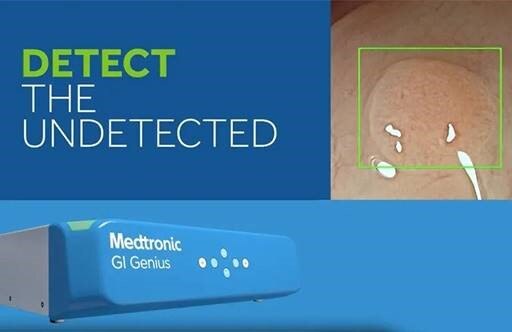Upper Endoscopy Can Help Diagnose Your Digestive System Problems
An Upper Endoscopy is an exam that allows your doctor to examine the inside of your upper gastrointestinal (GI) tract. Your upper GI tract includes the esophagus, stomach and the first part of the small intestine, which is called the duodenum.
The exam uses an endoscope. An endoscope is type of medical instrument that can look inside the body. Our center’s Upper GI endoscopes can take photos of the inside of your upper digestive system.
At Advanced Surgical Institute, the Upper Endoscopy is used to detect:
- Ulcers
- Abnormal growths
- Precancerous conditions
- Inflammation
- Hiatal hernia
- Bleeding
The exam can help diagnose whether you have Upper GI problems such as:
- Gastritis
- Gastroesophageal Reflux Disease (GERD), or
- Celiac Disease
During an Upper Endoscopy, the doctor will:
- Use a liquid anesthetic to numb your throat and calm your gag reflex
- Use a thin, flexible tube with a tiny telescopic lens, light source and an optically sensitive computer chip at its end to look at the Upper GI track. (This device is called an endoscope.)
- Carefully feed the endoscope through your throat and esophagus, and guide it into your stomach and duodenum.
- Examine the photo images on a computer screen in the operating room
- Use surgical tools that slide through the endoscope to;
- Perform biopsies
- Remove abnormal growth
- Stop bleeding
The exam takes about 10 minutes to complete. You will remain at the center for about an hour after the exam or until the sedative wears off. You should plan to rest for a day afterwards and may have a sore throat for a day or two.
Preparation for Upper Endoscopy
You must empty your gastrointestinal track of food before having an Upper Endoscopy. Your doctor will give you written instructions about how to prepare for your Upper Endoscopy. Your preparation will begin about six hours before your exam and involves:
- No eating or drinking
- No smoking or chewing gum
- Limiting some medications and vitamins
